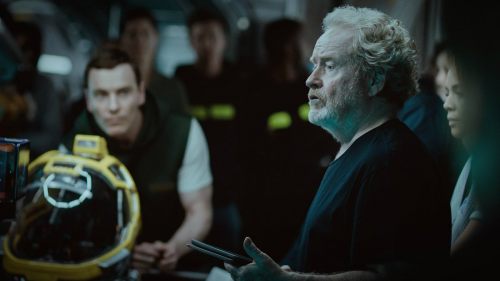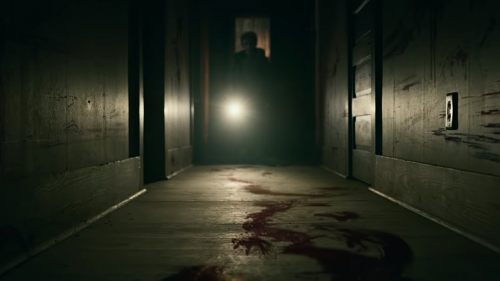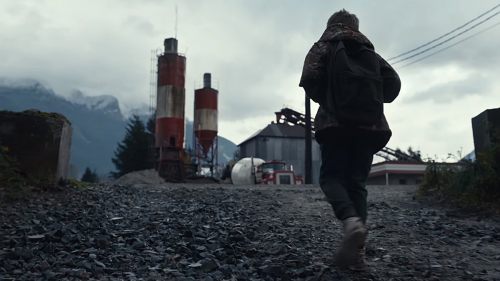GUILLERMO DEL TORO’S THE DEVIL’S BACKBONE Book Review: This Belongs On Your Wish List
Guillermo del Toro has an incredible imagination. Whether he’s adapting beloved comic books, orchestrating kaiju smackdowns or telling us a beautiful, terrifying ghost story, del Toro’s movies always feel like true escapes because of the wildly creative, detailed worlds he creates. Consider, for example, the rough, lived-in sets of Pacific Rim, the bizarre, rich character design in Hellboy 2: The Golden Army or the lushly gothic...everything of Crimson Peak. These are fully-realized spaces, ones perpetually ripe for exploration, dissection and discovery.
That spirit of exploration is on full display in Guillermo del Toro’s The Devil’s Backbone, a book on the director’s 2001 film, The Devil’s Backbone, arriving just in time for the December release of del Toro’s newest film, The Shape of Water. The book is as intricate and fascinating as the movie it chronicles. Writers Matt Zoller Seitz and Simon Abrams have plumbed the depths of movie obsession to create a loving, comprehensive volume that covers every aspect of the film, from historical context to art to interviews with del Toro, his cast and crew.
Visually, the book is an endlessly engaging work of art, serving both as an exhaustive resource on the process of creating the film and a gallery for concept art, storyboards and stills. One particular highlight is a two-page excerpt from Carlos Giménez’s comic strip Paracuellos, which proved a strong visual influence on the film, from the detailed depictions of everyday life to the set design to the casting process. Giménez himself worked as a storyboard artist on the film, and it’s enlightening to see his storyboards side-by-side with the comic.
A lengthy interview with del Toro himself makes up the bulk of the book, interspersed with asides on the Spanish civil war, in-depth character descriptions and shorter interviews with members of the cast and crew. Interview subjects include cinematographer Guillermo Navarro and the late, great Federico Luppi, a staple of del Toro’s Spanish-language films who passed away in October.
The shorter interviews offer some behind-the-scenes insight, but del Toro’s discussions with Seitz are really what make the book. del Toro is an incredibly smart, well-versed guy, and his insights here are far-ranging, encompassing not just the film, but also other parts of his work and life, as well as topics like the politics of horror and the history of the Spanish civil war. Read from beginning to end, the interviews read like a long, late-night conversation two movie nerds might have over a beer.
Guillermo del Toro’s The Devil’s Backbone is an easy book to get lost in. Much like del Toro’s movies themselves, it’s something you can come back to several times over and find new bits to enjoy. Fans can obsess over the production minutiae, scholars can scrutinize the cultural references, and casual del Toro viewers can take an engrossing deep dive into one of the director’s best works. It’s a great representation of the kind of detail and storytelling that make del Toro’s movies so special.



